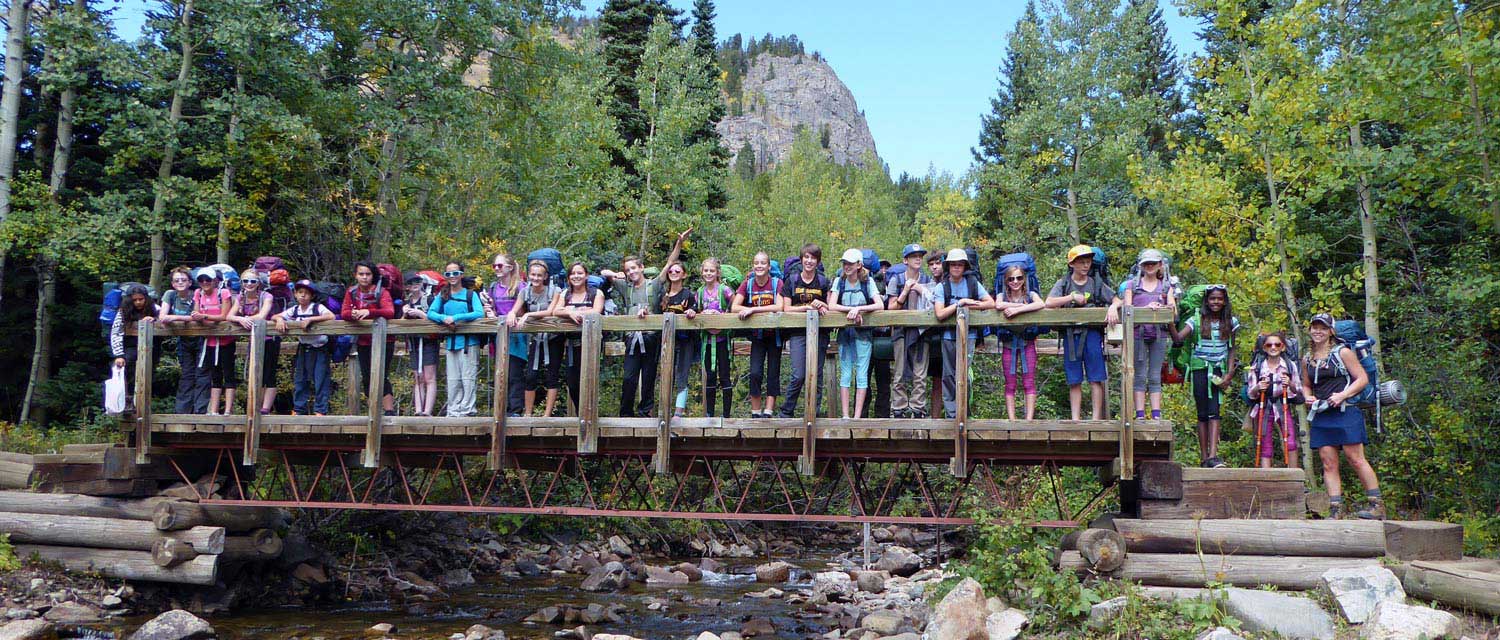By Kristan Stephens, Lark Song Kindergarten Teacher
Often one of the favorite elements of the kindergarten experience is the attention to providing a beautiful and natural aesthetic. At first glance, the beauty of the classroom may just seem to be a surface experience, but it goes much deeper than that. While Waldorf kindergarten classrooms are created with beauty and serenity in mind, each item in the room serves a unique purpose to help support the healthy development of the child. Natural elements are more than just a beautiful choice, they are an essential component of a child’s experience because they help to build the sense of touch. In the kindergarten, children are given many opportunities to touch and manipulate objects so they can gain a greater understanding of their own physicality and body boundaries. The sense of touch feeds their inner life experience and helps them understand and connect with the physical world. What children touch and what touches them is very important between the ages of birth to seven because these experiences literally help share their developing form. In The Kingdom of Childhood Rudolf Steiner states, “The joy of children in and with their environment must therefore be counted among the forces that build and shape the physical organs.” This is why we use natural materials within the kindergarten including cotton, silk, wood, and stone. Consider the difference you feel when you pick up a plastic bucket versus working with a metal or wooden one. Objects made from natural components bring a sense of warmth and vitality to the touch, which helps the child develop a loving connection to their environment and enhances their own sense of self.
Another way children develop a strong sense of touch within the kindergarten is through handwork. Throughout the year, the children are given opportunities to work with materials such as wool, felt, wood, pinecones, stones, and more as they learn to create beautiful things that enhance their play, work, and festival life. Whether the children are wet-felting small balls to play with, sewing herbal sachets or doll clothing from felt, or weaving with wool, they find joy and pride in creating something beautiful and meaningful. Best of all, children often learn to create tools and treasures simply from objects gathered in nature, such as a small fairy from a pinecone and maple pods or little boats to sail in the creek from leaves and twigs. As the children are given the opportunity to work creatively with simple natural materials their imaginations are stimulated. They become more confident and capable working with their hands and bringing ideas to life. These skills support them as they grow and the experiences foster greater creativity and ingenuity throughout their lives.

